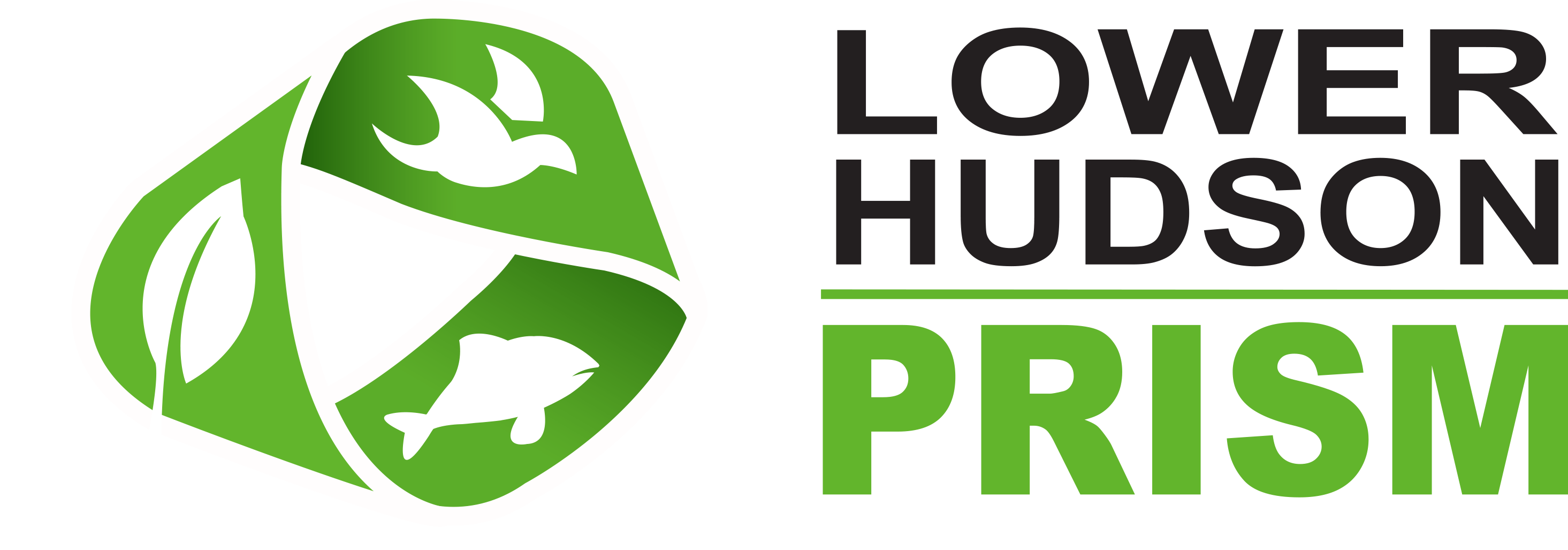Species Spotlight: Hydrilla verticillata
Hydrilla was first discovered in New York in 2008 and is currently one of the highest priority invasive plants in New York State. It is believed that Hydrilla originated from an island of Sri Lanka and arrived in the United States as a popular aquarium plant.
Photo credits:
https://www.eddmaps.org/distribution/usstate.cfm?sub=3028
Hydrilla can spread rapidly into new environments since its turions, tubers and fragments attach easily to boats, boat trailers, and fishing gear. The overwintering buds can grow 2-12 inches below the sediment storing energy for years until viable conditions allow it to produce a new plant. Each tuber can produce up to 6,000 new tubers! Once growth begins, the plant will grow to the surface of the water column and form dense mats. Hydrilla is extremely well adapted for competing in aquatic environments because it can grow in both high and low nutrient conditions with up to 7% salinity. Able to grow an inch per day, the plant will block out sunlight from native plants and depletes oxygen in the water which could eventually lead to fish kills.
Hydrilla can be mistaken for a native plant, American Elodea, and another invasive plant, Brazilian Elodea. Key features to help in the identification of the plant include a whorl of 3 or more leaves (typically 5) around each stem. The leaves have distinct toothed edges and a mid-vein with visible spines. See comparison below.
Currently, there is only one known infestation in the Lower Hudson region. Hydrilla was found in the Croton River (a tributary of the Hudson River) in 2013 and the New York State Department of Environmental Conservation began a five-year chemical treatment plan in 2017 with tremendous success. For more information on the this treatment plan, please visit https://www.dec.ny.gov/animals/106386.html.

